Peperomia Pepperspot is a beautiful and versatile houseplant that can be grown either indoors or outdoors. It’s easy to care for, and propagation is simple too! In this article, we will answer some common questions about Peperomia Pepperspot: Care, Propagation, and More. We’ll provide you with tips on how to keep your plant healthy and thriving, as well as advice on how to propagate new plants. So if you’re interested in learning more about this fascinating plant, keep reading!
What is a Peperomia Pepperspot?
Peperomia Pepperspots is a small, perennial succulent that is native to South America. The plant has small, fleshy leaves that are variegated with shades of green, red, and brown.
It produces small white flowers that bloom in the summertime. [1]Peperomia Pepperspots are popular houseplants because they are easy to care for and require little maintenance. These plants can tolerate neglect and can go for several weeks without water. They prefer bright, indirect sunlight but will also do well in low-light conditions. Peperomia Pepperspots are not susceptible to pests or diseases and are relatively low-maintenance plants.

If you are looking for a plant that is easy to care for and doesn’t require a lot of attention, then the Peperomia Pepperspot is a great option for you. These plants are perfect for beginners and those who don’t have a lot of time to care for plants.
Peperomia Pepperspot plant care essential tips
When it comes to Peperomia Pepperspot care, there are a few essential tips you should keep in mind. First and foremost, this plant prefers bright light that is not direct. It can withstand some direct sunshine, but too much of it will burn its leaves.
Soil
Your Peperomia will be just fine in a regular potting mix. In fact, they prefer to not have too much organic matter added to their soil as it can cause problems with drainage. A good rule of thumb is to mix two parts potting mix with one part perlite or coarse sand. This will ensure that your plant has the drainage it needs without being too dry.
Light
Peperomia Pepperspot thrives in plenty of light, but it can also withstand dim conditions. If you are growing Peperomia Pepperspot indoors, make sure to place it near a window where it will receive plenty of bright, filtered sunlight.
When there is little light, the leaves of Peperomia Pepperspot will begin to lose their vibrant color and may become etiolated (stretched out and thin). If your plant is looking “leggy” this is a good indication that it is not getting enough light.
Move your plant to a brighter location and you should see an improvement within a few weeks.
Watering
Peperomia Pepperspot loves to dry out in between waterings, so make sure you’re letting the soil completely dry out before giving it a good soak. Water less in the winter as the plant will be dormant. Over-watering is the number one killer of Peperomia so err on the side of underwatering.
Temperature
Peperomia Pepperspot thrives in temperatures between 60°F (15.56°C) to 80°F (26.67°C). They can tolerate a few degrees above or below these temperatures but anything more extreme will cause them distress. If you live in an area with very hot summers, it’s best to grow Peperomia Pepperspot as houseplants or in containers that can be brought indoors when the temperature rises. [2]
In cold conditions, the leaves of Peperomia Pepperspot will start to turn brown and drop off. If this happens, it’s a sign that the plant is not happy and you should move it to a warmer location.
Humidity
They also prefer high humidity but will do fine in average household humidity levels. If you live in a dry climate, consider using a humidifier, pebble tray, or misting your plant regularly to raise the humidity around it.
Fertilizer
Peperomias are not heavy feeders, so you don’t need to worry about fertilizing them very often.Once every month or two during the growing season should be plenty. Just be sure to use a fertilizer that is low in nitrogen so you don’t encourage too much leaf growth at the expense of flowers and fruits. [3]
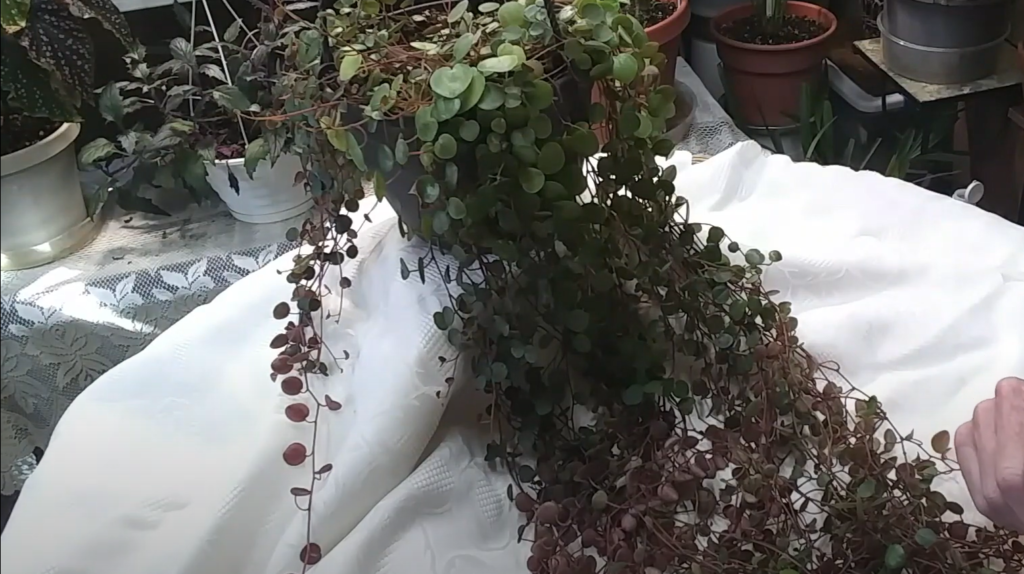
Peperomia Pepperspot plants do well with light fertilizer. You can either use a balanced liquid fertilizer or a slow-release granular fertilizer.
To fertilize, mix the recommended amount of fertilizer with water according to the package directions. Then, water your Peperomia Pepperspot as usual, making sure to apply the fertilizer to the soil and not the leaves. Fertilizing more often than recommended can burn your plant, so be careful not to overdo it!
Propagation
Peperomia Pepperspot can be easily propagated from stem or leaf cuttings. For stem cuttings, take a cutting that is at least four inches long and has several leaves. Cut just below a leaf node with a sharp knife or pair of scissors. Stick the cutting in moistened soil and keep it warm and humid until new growth appears.
Leaf cuttings are done similarly, but you will need to include a bit of the stem attached to the leaf. Again, make sure to use a sharp knife or pair of scissors so as not to damage the plant. Place the leaf cutting on moistened soil and keep it warm and humid until new growth appears.
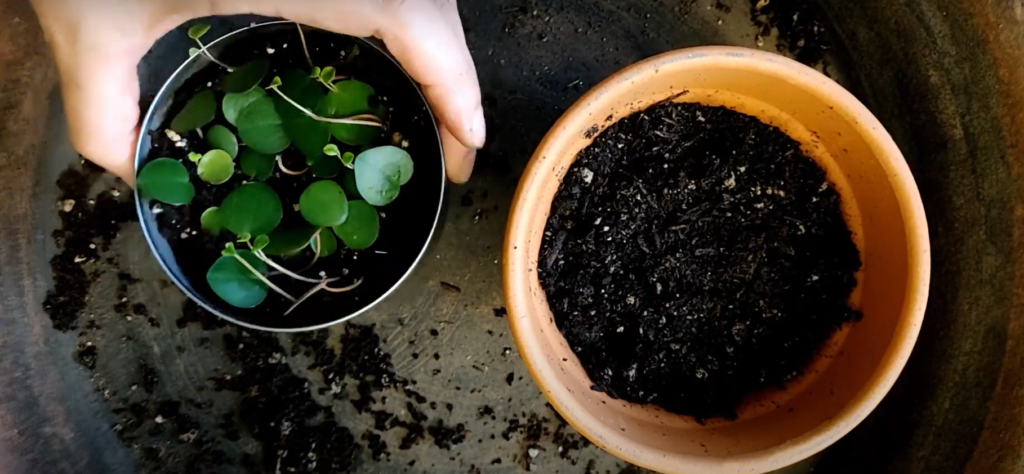
Peperomia Pepperspot can also be propagated by division. When repotting, carefully separate the root ball into two or three sections and replant each section in its own pot. Water well and keep humid until new growth appears.
Growth
Peperomia Pepperspot is a compact plant that only grows to about 12” (30 cm) tall. The leaves are small and dark green with red spots or streaks. As the name suggests, the foliage of this plant resembles that of a pepper plant.
Peperomias are not fast growers and will only grow about an inch each year. They can however live for a long time; some varieties have been known to live for over 20 years!
Potting
Peperomia Pepperspot does best in a well-draining potting mix. You can use a commercial potting mix or make your own by mixing two parts peat moss, one part perlite, and one part coarse sand.
The plant doesn’t like to stay wet for long periods of time so it’s important to have a pot with drainage holes.
Peperomia Pepperspot also doesn’t like to be repotted too often. It’s best to repot every two years or when the plant becomes pot-bound.
When repotting, be careful not to damage the roots and use a pot that’s only slightly larger than the current one.
Water the plant after repotting and don’t fertilize for at least a month. This will give the plant time to adjust to its new home.
Peperomia Pepperspot propagation
Propagate Peperomia Pepperspot from stem cuttings
Peperomia Pepperspot is a great plant to propagate from stem cuttings. To do this, simply take a cutting of around four inches from a healthy stem and remove the bottom leaves. Place the cutting in water and wait for roots to form. Once roots have formed, you can transplant the cutting into the soil.
Spring and summer are the best times to propagate stem cuttings because plants are actively growing.
Propagate Peperomia Pepperspot in water
To propagate in water, simply take a stem cutting with a few leaves attached and place it in a jar or glass of water. Change the water every few days to keep it fresh, and within a week or two, you should see roots beginning to form. Once the roots are about an inch long, you can then pot them up into the soil.
Propagate Peperomia Pepperspot through ground layering
One way to propagate Peperomia Pepperspot is through ground layering. To do this, find a healthy stem and gently bend it down to the soil surface. Use a small stake or toothpick to hold the stem in place if needed. Next, make shallow cuts along the length of the stem. These cuts will help the plant form new roots. Once you have made your cuts, cover the stem with moistened potting mix or sphagnum moss. Be sure to keep the soil moist but not soggy during the rooting process which can take several weeks. When new growth appears at the base of the stem, carefully transplant your new Peperomia Pepperspot plantlet into a pot of its own.
Common Problems with Peperomia Pepperspot
Pest control
One of the most common problems with peperomia pepperspot is pests. These include mealybugs, aphids, whiteflies, and spider mites. They can be controlled with insecticidal soap or neem oil.
Faded leaves are a common issue
The most typical problem with Peperomia Pepperspot is that its leaves fade. If you notice your plant’s leaves starting to lose their color, there are a few things you can do to help.
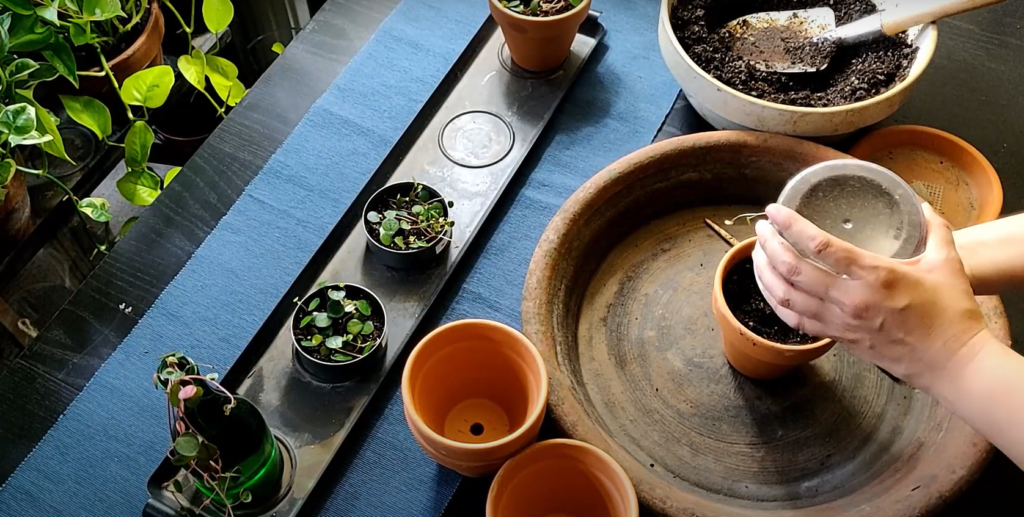
First, make sure that your plant is getting enough light.
If your plant is not getting enough light, move it to a brighter location.Second, check your watering schedule. Overwatering can cause leaves to fade and drop off. Make sure you only water your Peperomia when the soil is completely dry.
Third, fertilize the plant. Peperomia plants need to be fertilized every two weeks during the growing season. Use a water-soluble fertilizer and diluted it to half strength before applying it to your plant.
By following these tips, you can help your Peperomia Pepper maintain its beautiful colors.
Dull leaves even after optimal light and water
If your Peperomia Pepperspot’s leaves are looking a little lackluster lately, don’t worry – there’s an easy fix. All you need is a little bit of epsom salt! Just mix together one tablespoon of epsom salt with two cups of water, and then use it to lightly mist your plant. Doing this once every week or two should help to bring some life back into those leaves. [4]
Leaves dropping off suddenly
One of the most frequent issues with Peperomia Pepperspot is that its leaves will fall off suddenly. This can be caused by a number of things, including:
- too much water
- not enough light
- pests or diseases
If you notice your plant’s leaves dropping off, try to determine the cause and take corrective action accordingly. If you’re not sure what’s causing the problem, it’s always best to consult with a qualified plant expert.
Stunted growth for months
If your Peperomia Pepperspot is suffering from stunted growth, the first thing you should do is take a close look at your plant. Check for signs of pests or disease, and make sure that it is getting enough water and sunlight. Once you have ruled out these possibilities, you can start to look at other causes.
This can be caused by several different factors, including poor soil quality, incorrect watering, or lack of nutrients in the diet. If you suspect that your plant is not getting enough nutrients, you can try giving it a fertilizer boost. You can also try changing the way you water your plant, or increasing the amount of light it gets each day.Leaf edges burn
Plants in areas with filtered sun or dappled shade are best. Also, keep an eye on the soil moisture levels and water the top inch of soil when it is dry.
The key is to not let the leaves touch any direct sunlight, as this will cause them to burn. If you live in a particularly sunny climate, try placing your Peperomia Pepperspot near a window that gets morning or afternoon sun. East-facing windows are ideal.
Yellowing leaves
This problem can be caused by several factors, including too much sun, too little water, or a nutrient deficiency. If you think your plant is suffering from a nutrient deficiency, you can try fertilizing it with a balanced fertilizer.
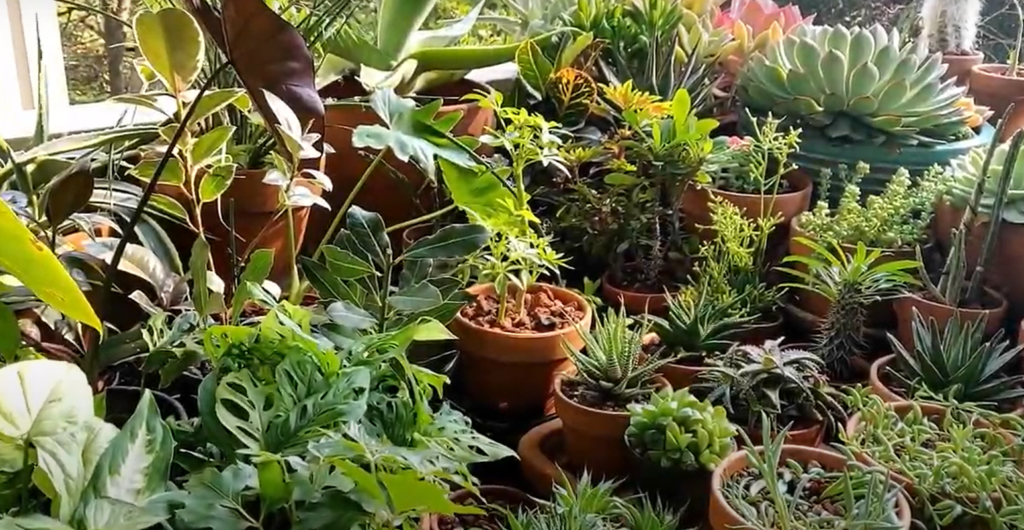
Yellowing leaves can also be caused by diseases or pests. If you see any other symptoms, such as wilting or stunted growth, it’s best to consult a professional for diagnosis and treatment.
Low Oxygen Level
Peperomia Pepperspot can live in lower oxygen levels than most plants. This means that they are perfect for terrariums or indoor gardens where the air might be stagnant. They will still need some fresh air though, so don’t forget to open up your terrarium or indoor garden occasionally.
FAQ
Can this plant be grown under artificial lights?
Peperomias are one of the easiest houseplants to grow indoors and make excellent candidates for growing under artificial lights. [5]
To grow a peperomia under lights, choose a plant that is suited to the lower light levels typically found indoors.
How long does it take for peperomia to root?
It takes peperomia about two to three weeks to root. You can tell when the roots are growing when you see new growth at the base of the plant.
Is this plant also an air purifier?
Peperomia Pepperspot is notan air purifier plant. While it is not an air purifier, Peperomia Pepperspot is known to be a resilient plant.
How many hours of direct sunlight are tolerable for this species?
Peperomia Pepperspot can tolerate up to four hours of direct sunlight. However, it is best to provide indirect or filtered light for this plant. If the leaves start to turn yellow, that means the plant is getting too much sun and you should move it to a shadier spot.
Can Peperomia Pepperspot recover from overwatering?
The answer is yes, but it will take time and effort. Overwatering can cause root rot, so make sure to keep an eye on your plant and act quickly if you think it’s overwatered.
If you suspect your Peperomia Pepperspot is overwatered, the first thing you should do is check the drainage. If the drainage is poor, that could be causing the problem. Try to improve the drainage by repotting into a pot with better drainage or adding more holes to your current pot.
Next, cut back on watering. Water your plant only when the soil is dry to the touch. Slowly increase the amount of water you give it as your plant starts to recover.
How do you fix leggy peperomia hope?
First, make sure it’s getting enough sunshine. Peperomia hopes require bright, indirect light to stay compact and healthy. If your plant is getting too much direct sun, it will start to stretch out and become leggy.
Another way to fix a leggy peperomia hope is by giving it a good pruning. Cut back the tallest stems to encourage new growth from the base of the plant. This will help thicken up the plant and make it more compact.
Finally, give your peperomia hope a little boost with some fertilizer. Use a balanced fertilizer that contains both nitrogen and phosphorus. Apply it according to the package directions, and you should see new growth in no time!
Useful Video: Peperomia Ruby Cascade Repot with me – Care Tips & Propagation
Final word
Peperomia Pepperspot is an excellent plant for beginners. It is easy to care for and can be propagated easily. With a little bit of care, your Peperomia Pepperspot will thrive and produce beautiful flowers. Thanks for reading and good luck with your gardening!
References:
- https://plantcaretoday.com/houseplants/peperomia
- https://terrariumtribe.com/terrarium-plants/peperomia-pepperspot-string-of-coins/
- https://fiddleandthorn.com/plants/peperomia-pepperspot/
- https://plantophiles.com/houseplant-tips/epsom-salt/
- https://www.plantsbypost.com/blog/the-plant-post-peperomia



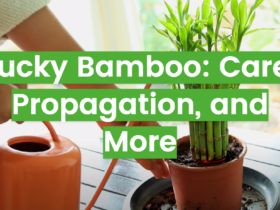
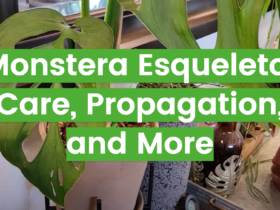
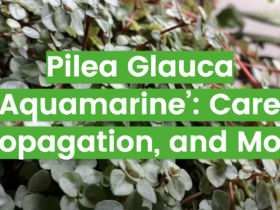
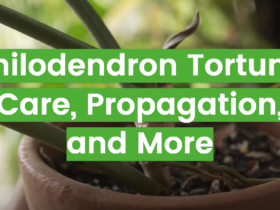
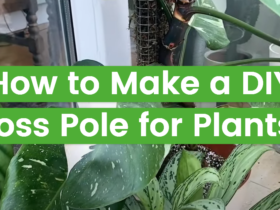
Leave a Review